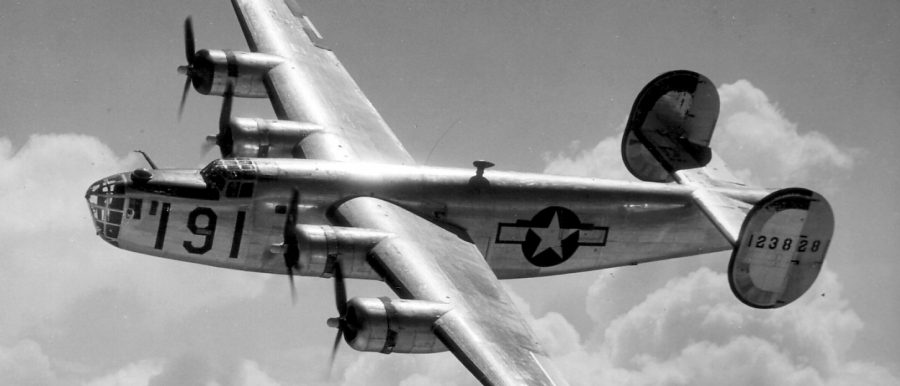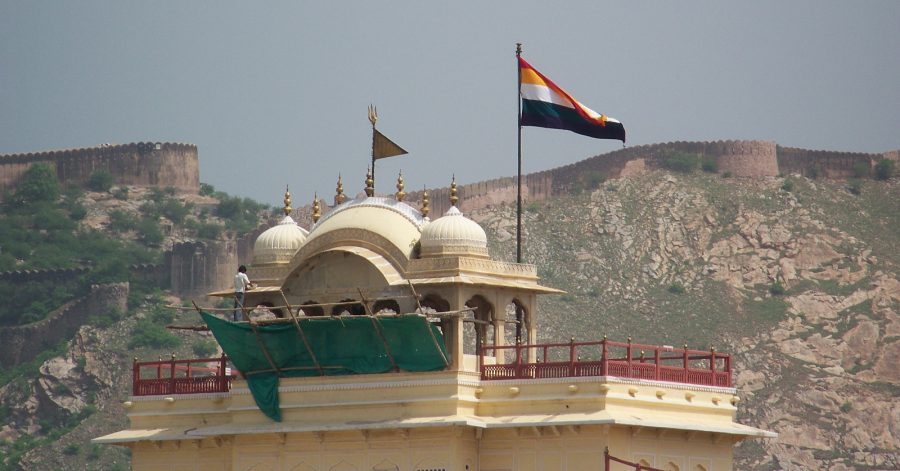What stories matter in history? If you had posed this question to a historian in the United States or Europe a hundred years ago, he probably would have told you in a roundabout way that only the experiences of white men mattered—more specifically, powerful white men. Historians of the nineteenth and early twentieth centuries, almost to a man (and they were all men), only studied the lives of kings, prime ministers, presidents, senators, and generals; or great artists, great thinkers, great industrialists, and great inventors. These historians didn’t pay any attention to the common man and woman, because these people simply didn’t matter in their worldview.
This sort of thinking about history seems silly and old-fashioned now, as well it should. All people are a part of history, not just the white and powerful, and their stories deserve to be told too. One outcome of this contemporary understanding of history is a profusion of books, movies, and museums about minority experiences—for example, the National Museum of African American History and Culture, Museum of Chinese in America, Roots, and Hidden Figures. Another outcome is the rise in popularity of genealogical or family history research. If all people’s experiences are a part of history, then one’s ancestors are a legitimate subject of research, even if they were not powerful or influential.
Even though they are studying the past, family history buffs don’t really have the same objectives as historians. The job of a historian is to ask questions about the past—not only what happened, but why. (“History” comes from a Greek word meaning inquiry. The discipline of history is not, and has never been, just about facts.) Historians need to make connections from event to event, to understand why something was important. For family history researchers, significance is a given: this person is my ancestor, therefore he or she is important. Because family history isn’t exactly history as historians understand it, I prefer to use the term family heritage instead.
There is a genre of historical writing that discusses people who may not have been important in their own time, but their experiences can be used to draw broader lessons about the period in which they lived. This is known as microhistory. When written well, microhistories can be good reads that teach you about much more than the small event that is their main subject matter. (That not all microhistories are this well-written is not a valid reason for condemning the genre as a whole, as some of my classmates did in grad school.)
One excellent microhistory is Steel Drivin’ Man: John Henry, the Untold Story of an American Legend, by Scott Reynolds Nelson. The author takes a well-known but little-understood folk song and uses it to discuss convict labor and industrialization in the post-Civil War American South. The results of archival research are interspersed with accounts of the author’s travels to the places where John Henry lived, worked, and died. I have read more books about convict labor than I would care to count, but this is the only one I keep thinking about long after I read it.
Another great microhistory wasn’t even written by a historian, and it is on its face a creative nonfiction biography. But Unbroken: A World War II Story of Survival, Resilience, and Redemption, by Laura Hillenbrand, is about more than just one man’s sensational life story. Hillenbrand uses Louis Zamperini’s experience of capture and imprisonment by the Japanese to illustrate the experiences of thousands of Allied prisoners of war in the Pacific Theater.
Can family heritage buffs learn something from the microhistory genre? I hope they can. If I were not a member of my own family, I wouldn’t care about the stories of, say, my Austrian immigrant ancestors who settled in Colorado a hundred years ago. But I would be interested to know how their experiences of migration, acculturation, and ultimately assimilation reflected broader trends in the lives of European immigrants in rural America at the turn of the twentieth century.
(Header picture: B-24 Liberator bomber in flight over Montgomery, AL. USAF photo from Wikipedia.)


